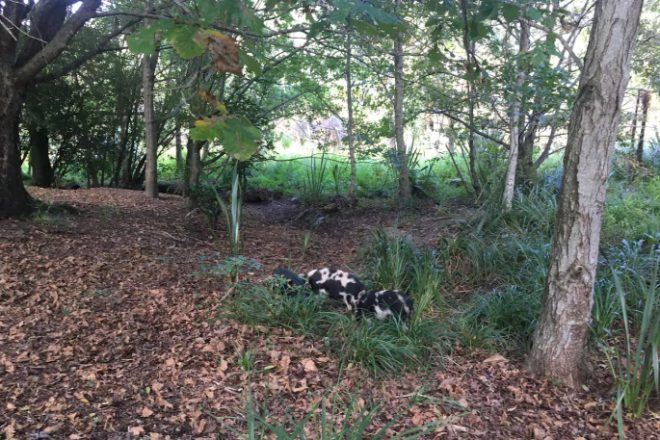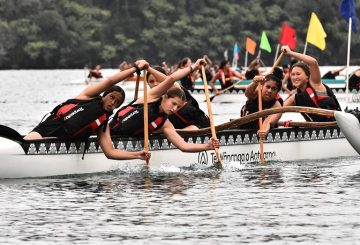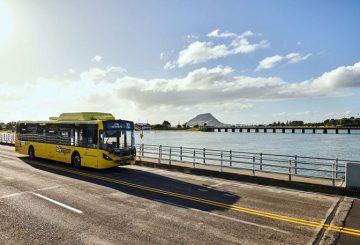Ang isang pamilya ng mga baboy na nagdudulot ng paggalaw sa Tauranga sa loob ng dalawang linggo ay sa wakas ay nahuli at muling nahuli. Ang baboy ina at ang kanyang walong baboy ay nakita na naglalakad sa paligid ng suburb ng Welcome Bay, kahit na pumapasok sa mga bakuran ng mga tao at nakakagambala sa mga piknik sa Johnson Reserve.
Nakatanggap ang lokal na konseho ng siyam na opisyal na reklamo at maraming mga post sa social media tungkol sa mga paningin ng baboy. Inilarawan ng isang post ang isang “pagsalakay ng porker” sa isang property sa Welcome Bay, habang isa pa ay nagsalita ng nakakatakot na pagkita ng isang ina sa pamilya ng baboy habang isang piknik sa reserba. Sinabi ng ina na sinubukan ng mga baboy na kainin ang kanilang mga meryenda at itinapon ang kanilang mga bag sa paligid upang maghanap ng pagkain.
Sinabi ni Pam Thorpe, isang tagapagsalita ng Johnson Reserve Care Group, na nakita ng mga miyembro ang apat o limang baboy sa reserba noong Linggo. Kumakain sila ng mga acorn sa ilalim ng mga puno ng oak malapit sa entry ng Victory St. Nagpahayag siya ng pag-aalala tungkol sa potensyal na pinsala na maaaring sanhi ng mga baboy sa mga katutubong halaman sa reserba.
Sinabi ni Brent Lincoln, pinuno ng koponan ng serbisyo sa hayop ng Tauranga City Council, na nakatanggap ang konseho ng siyam na reklamo tungkol sa mga baboy sa loob ng 10 araw. Ayon sa Keeping of Animals Bylaw 2018 ng konseho, hindi pinapayagan ang mga baboy sa lungsod maliban kung ang lupa ay naka-zoned sa kanayunan, at ang mga baboy sa mga lugar sa kanayunan ay dapat itago sa likod ng isang bakod na patunay sa stock-proof.
Sinabi ni Lincoln na ang mga baboy ay tinanggal na ngayon mula sa reserba at muling inatago. Pinayuhan niya ang mga tao na lumayo kung nakatagpo sila ng mga baboy at mag-iwan ng isang maliit na halaga ng pagkain upang makabala sila. Nagbabala din siya laban sa pagsisikap na alagaan sila o paghiwalayin ang mga baboy mula sa ina baboy, dahil maaari nitong palalala ang sitwasyon. Idinagdag niya na ang mga may-ari ay maaaring mananagot para sa anumang pinsala na dulot ng kanilang mga naglalakad na hayop at maaaring harapin ang multa na hanggang $20,000 at pagkawala ng kanilang mga hayop kung hindi nila kontrolin ang mga ito.
Ang Johnson Reserve ay isang malawak na parke, madaling gamitin sa aso na sumasaklaw ng halos 14.5 ektarya. Nagtatampok ito ng malalaking bukas na puwang, bush track, isang maliit na talon, at wetlands, at maaaring ma-access mula sa Victory St, Pelorus St, o Waipuna Park.






























































